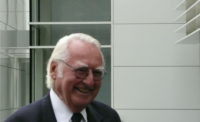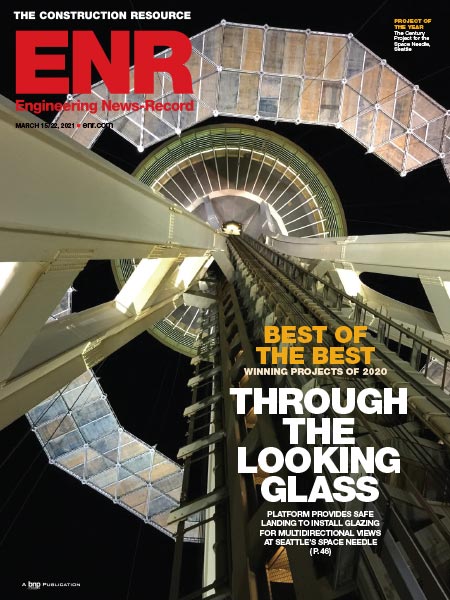Wang Shu, a 48-year-old architect whose architectural practice is based in Hangzhou, People’s Republic of China, will receive the 2012 Pritzker Architecture Prize. Thomas J. Pritzker, chairman of The Hyatt Foundation, which sponsors the prize, announced the award this week. The formal ceremony for what has come to be known throughout the world as architecture’s highest honor will be in Beijing on May 25.
Shu is best known for designing sustainable public buildings, especially campus buildings, that respect their environments and use ample recycled materials.
In announcing the jury’s choice, Pritzker said, “The fact that an architect from China has been selected by the jury represents a significant step in acknowledging the role that China will play in the development of architectural ideals. In addition, over the coming decades China’s success at urbanization will be important to China and to the world. This urbanization, like urbanization around the world, needs to be in harmony with local needs and culture. China’s unprecedented opportunities for urban planning and design will want to be in harmony with both its long and unique traditions of the past and with its future needs for sustainable development.”
Shu earned his first degree in architecture at the Nanjing Institute of Technology, Department of Architecture in 1985. Three years later, he received his master’s degree at the same institute. When he first graduated from school, he went to work for the Zhejiang Academy of Fine Arts in Hangzhou doing research on the environment and architecture in relation to the renovation of old buildings. Nearly a year later, he was at work on his first architectural project—the design of a 3,600-sq-meter Youth Center for the small town of Haining, near Hangzhou. It was completed in 1990.
For nearly all of the next 10 years, Shu worked with craftsmen to gain experience at the craft of building and did little actual design work. In 1997, Shu and his wife, Lu Wenyu, founded their professional practice in Hangzhou, naming it the Amateur Architecture Studio.
“For myself, being an artisan or a craftsman is an amateur—or almost the same thing,” Shu said, explaining the meaning of “amateur” as one who “loves the work.”
By 2000, he had completed his first major project, the Library of Wenzheng College at Suzhou University. He designed the library with nearly half of the building underground, in keeping with his philosophy of paying scrupulous attention to the environment and with careful consideration of traditions of Suzhou gardening, which suggests that buildings located between the water and mountains should not be prominent. Four additional buildings he designed are much smaller than the main one. In 2004, the library received the Architecture Art Award of China.
Shu’s other major projects, all in China, include: in 2005, the Ningbo Contemporary Art Museum and five scattered houses in Ningbo that were honored by the Holcim Awards for Sustainable Construction in the Asia Pacific region. In that same city, he completed the Ningbo History Museum in 2008. In his native city of Hangzhou, he designed the first phase of the Xingshan Campus of the China Academy of Art in 2004, and then completed phase two of the campus in 2007. In 2006, he completed the Ceramic House in Jinhua.
True to his methods of the economy of materials, he salvaged over two million tiles from demolished traditional houses to cover the roofs of campus buildings. That year in Hangzhou, he built the Vertical Courtyard Apartments, consisting of six 26-story towers, nominated in 2008 for the German-based International High-Rise Award. He also finished in 2009 the Exhibition Hall of the Imperial Street of Southern Song Dynasty in Hangzhou.
His other international recognition includes the French Gold Medal from the Academy of Architecture in 2011. The year before, both he and his wife were awarded the German Schelling Architecture Prize.
Since 2000, Shu has been the head of the architecture department at the China Academy of Art in Hangzhou, the institution where he did research on the environment and architecture when he first graduated from school. Last year, he became the first Chinese architect to hold the position of Kenzo Tange Visiting Professor at the Harvard Graduate School of Design in Cambridge, Mass.




